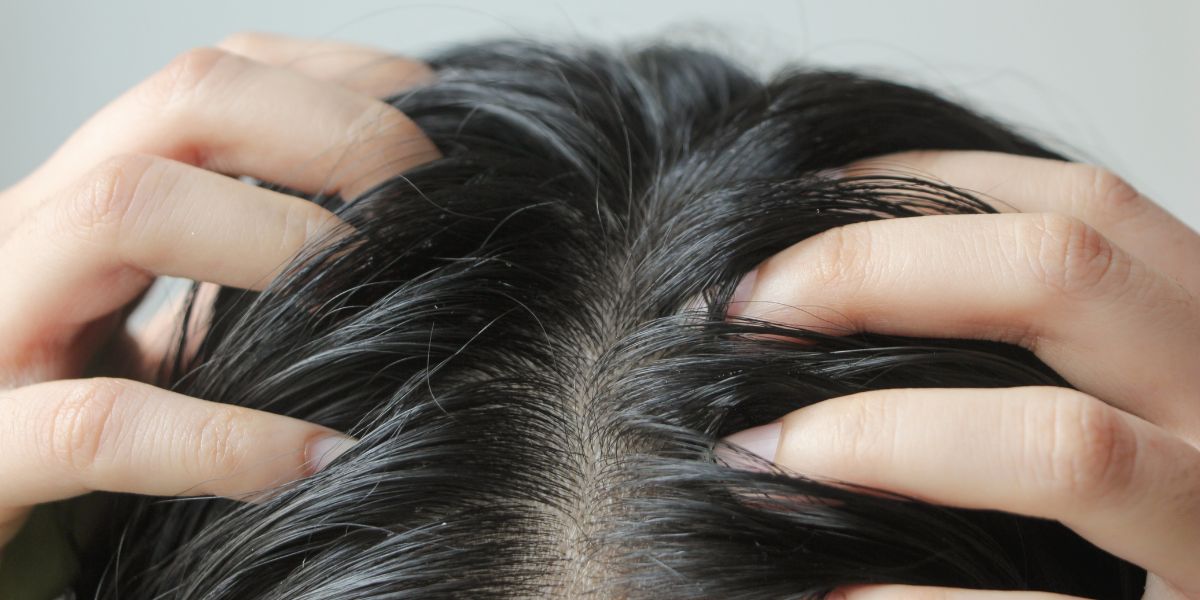We spend hours caring for our skin, yet our scalp—an extension of the same skin—is often overlooked. Just like the face, the scalp accumulates buildup from sweat, sebum, dead skin, and product residue. Over time, this buildup can clog hair follicles, disrupt pH balance, and slow down hair growth.
A weekly scalp detox isn’t just a luxury—it’s a simple, restorative practice that helps reset your scalp, boost circulation, and create a healthier foundation for stronger hair.
Why Your Scalp Needs a Detox
Your scalp is constantly exposed to pollution, heat, and styling products. Even regular shampooing may not fully remove impurities, especially if you're using dry shampoos, serums, or heavy conditioners. A detox routine helps:
-
Unclog hair follicles
-
Soothe irritation and itchiness
-
Stimulate blood flow to promote growth
-
Reduce dandruff and excess oil
-
Rebalance the scalp’s natural environment
Building Your Weekly Scalp Detox Routine
Here’s a gentle, effective way to build a scalp detox ritual using simple, natural methods.
Step 1: Pre-Treatment with a Stimulating Oil Massage
Begin with a scalp massage using a nourishing oil blend that not only loosens buildup but also encourages circulation.
Rthvi’s Revitalize Natural Hair Growth Oil Treatment is a perfect pre-cleanse companion. It combines rosemary and peppermint oils—known for their antimicrobial and stimulating properties—with amla oil, a powerful source of vitamin C and antioxidants.
Massage a few drops into your scalp using your fingertips or a scalp massager. Focus on areas that feel tense or itchy. Let the oil sit for 30–60 minutes to soften residue and feed your follicles. Warm the oil slightly before application for deeper penetration and a spa-like experience.
Step 2: Gentle Cleanse to Remove Buildup
After the oil has had time to work, follow up with a gentle, pH-balanced shampoo that lifts away impurities without stripping your scalp’s natural oils. Look for formulations free from sulfates and parabens.
Use lukewarm water and spend an extra minute massaging your scalp to help loosen any remaining residue. Rinse thoroughly.
Step 3: Exfoliation (Optional, Once Every 2 Weeks)
If your scalp feels particularly clogged or flaky, consider using a natural scalp scrub or a DIY exfoliant (like sugar mixed with aloe vera gel) to lift away dead skin cells. Be gentle—over-exfoliation can cause irritation.
Step 4: Post-Wash Hydration (Optional)
If your scalp tends to feel dry after washing, apply a few drops of a lightweight serum or aloe-based spray to keep the skin hydrated and soothed.
Step 5: Air Out and Rest
Let your scalp breathe. Avoid heavy styling products immediately after detoxing. Tie your hair loosely, skip the heat tools, and give your scalp time to recover and rebalance.
Detox Frequency: Less Is More
A full scalp detox is best done once a week or every 10 days. If you have a very dry or sensitive scalp, once every two weeks might be enough.
A clean, balanced scalp is the starting point for healthy, resilient hair. By setting aside just a little time each week to detox and nourish your scalp, you're investing in the long-term health of your hair.
With thoughtfully formulated products like Revitalize Hair Growth Oil, your detox routine doesn’t have to be complicated—it just needs to be consistent.



